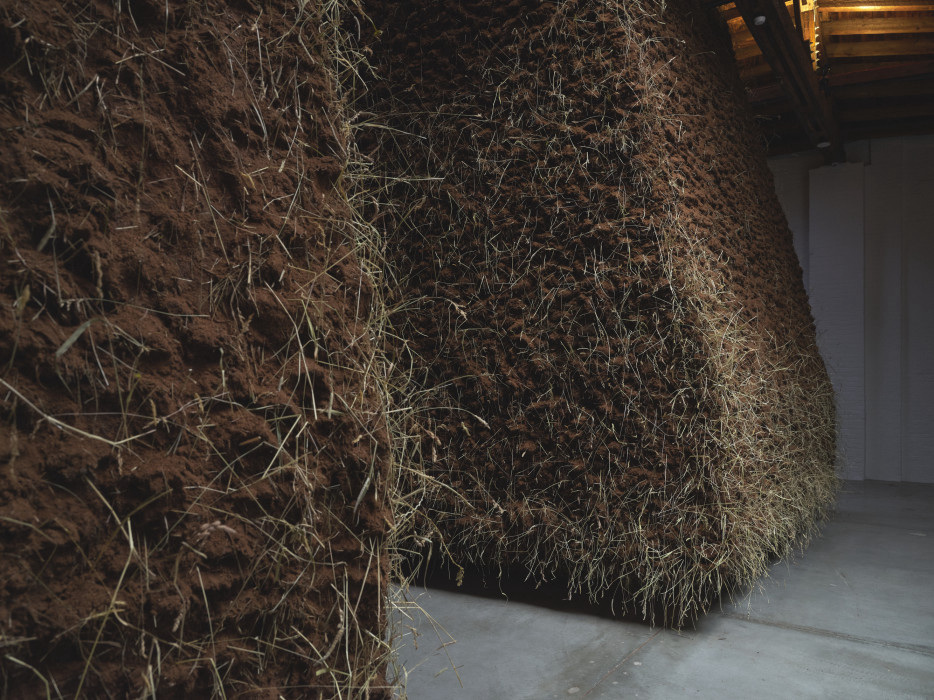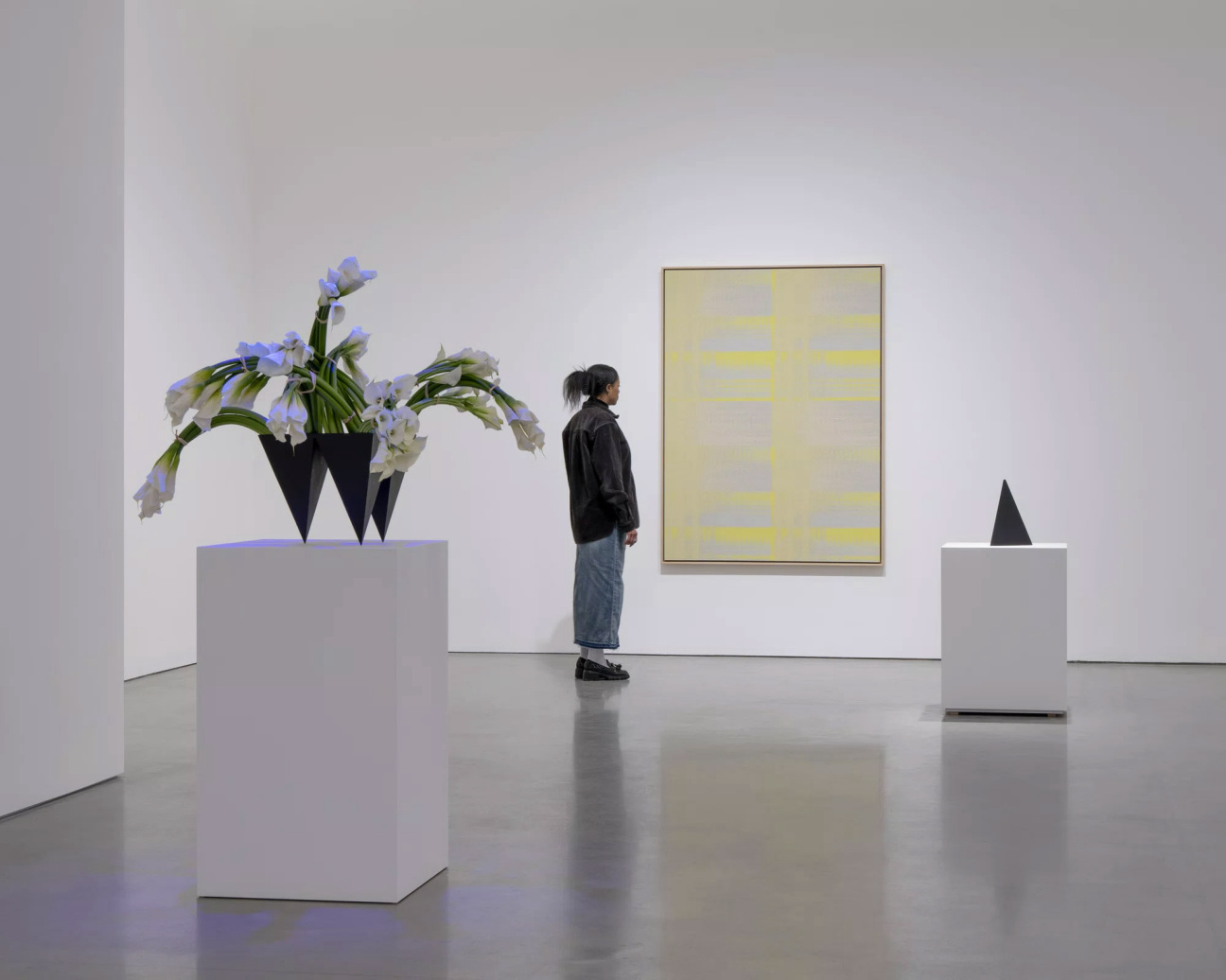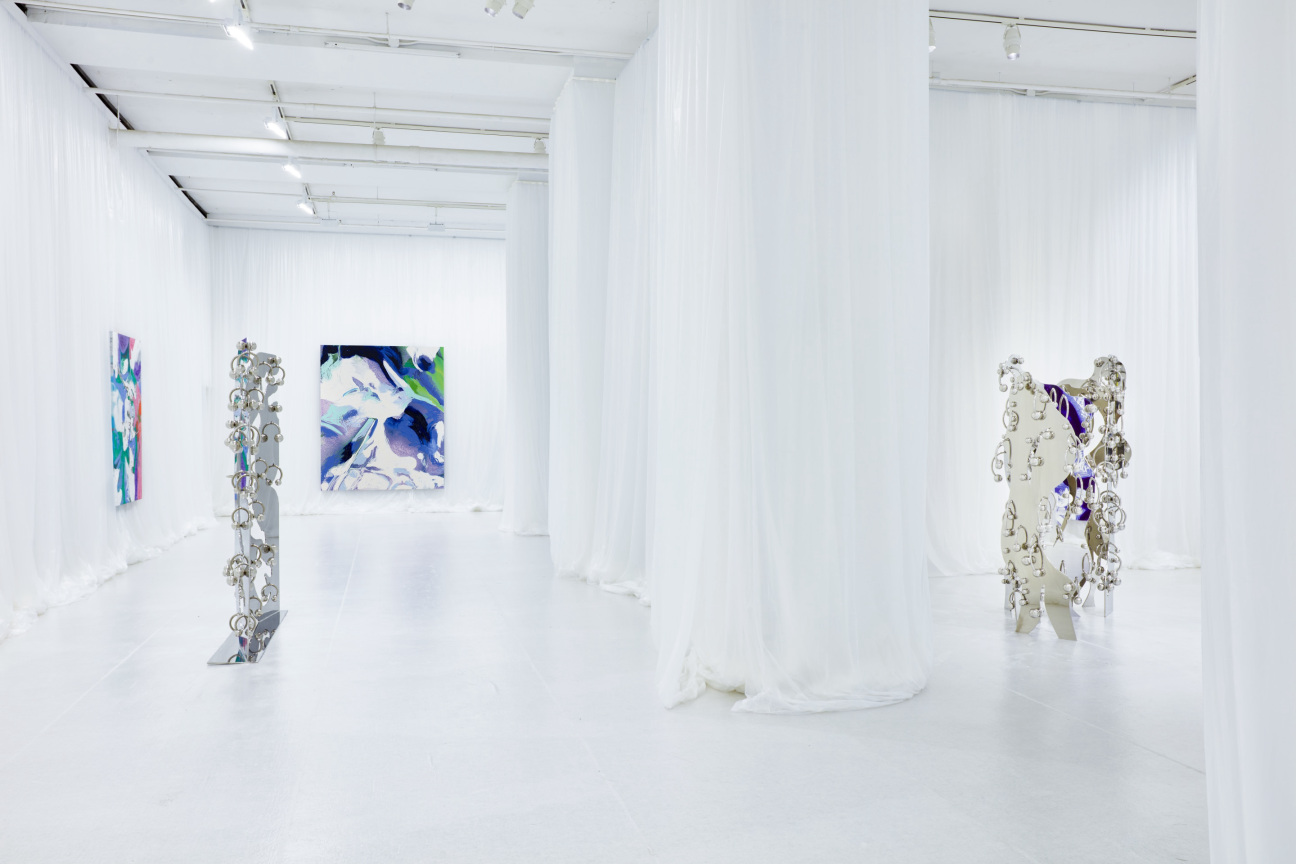
Compared with the other senses, smell is impoverished in the world of art. That fact is changing, perhaps due to 21st-century art audiences’ appetite for 'experiences,' or perhaps due to a general shift in thinking around scent as a cultural touchstone. This is showing up in work that is increasingly found in established gallery outfits such as David Zwirner and Pace, where artists are exploring scent as a medium that can transport, cull memories, and offer new cultural understandings.
Los Angeles-based filmmaker and installation artist Cauleen Smith is turned off when a gallery is absent of scent. The way she sees it, the lack of smell in a white cube can evoke the kind of anodyne control that affirms the safety and exclusionary nature of the art world. “The reason that I use smell is because it is feral,” says Smith over the phone from her home in Los Angeles. “I think it is attached to cultures and ethnicities. I associate a space that is absent of smell with a particular kind of cultural practice that’s very much in alignment with power and abstraction—where everything has to be sanitized, everything has to have a protestant cleanliness. It’s essential in my work to challenge that, and to push that equation of ‘scent-free, therefore clean, therefore good’ off into the margins.”

Smith has resisted the scent-free sensibility in a few instances, working with scent since 2017 when she led a second-line street parade from the Smart Museum of Art in Chicago, complete with incense burners that burned locally foraged plants from empty neighborhood lots. Smith’s most recent show, “The Wanda Coleman Songbook,” held earlier this year at David Zwirner’s 52 Walker gallery in New York was an immersive video installation—an ode to Los Angeles inspired by poet Wanda Coleman—that featured an interpretation of the smell of Griffith Park created in collaboration with noted olfactory artist Agustine Zegers.
“I like that sense of alarm, that your sense could alert you to your environment.” says Smith, who laughs mightily at having to translate the earthy, green, and not always beautiful smells of Los Angeles’s largest municipal park to Zegers. “The thing about Griffith Park is it doesn’t always smell good. There’s a lot of animal poop wafting around. At the same time, natural smells don’t alarm people, because they’re natural. Someone who is anti-scent can’t attach the smell of Griffith Park to an ethnicity in a mode of exclusion. I like the politics of that.”

Smith is not alone in her olfactory emphasis. Mika Tajima recently filled Pace with the scent of eucalyptus and peppermint as part of a pyramid-shaped sculpture called Vipassana, 2024, that housed a hidden atomizer. “I’m using the diffusion, formlessness, and ambient experience of vapor as an expression of escape, freedom, and that which is unknown and ever-changing,” she told the Observer about the work. Colombian artist Delcy Morelos recently created two immersive works at Dia Chelsea—a massive sculpture of levitated earth titled El abrazo (The Embrace), 2023, and a floor work sculpted from mud and ceramics titled Cielo terrenal (Earthly Heaven)—both of which emanated scents of cinnamon, clove, and copaiba balsam. Her similarly soil-based installation at the 2022 Venice Biennale also featured the smells of hay, cassava flour, and cacao powder.
And Bolivian-American artist Donna Huanca develops a bespoke scent for each of her immersive hybrid installation-performances, including one at the Henry Art Gallery in Seattle in 2023 titled Magma Slit that featured a mix of damp earth, palo santo, copal, and leather; as well as last year’s VENAS DEL CAPULLO, 2023, at Sean Kelly in New York.

“Compared to other senses, smell is often considered more primal and visceral—while sight, especially from a Western perspective, is associated with knowledge and dominates the hierarchy of the senses. This has reduced scent to a commodity at best,” says Huanca, whose piped-in scent intentionally mixed with the smell of a biodegradable plastic membrane she used on her sculptures. “It’s interesting to see a renewed interest in scent in the arts, especially in our current image-oriented society and in a time of digitization of our lives. The use of scent highlights a pushback against the ongoing disembodiment of our experiences.”
Which is to say: a gallerist can email a collector an image of a painting or a sculpture, but you can’t email a smell. Artists working with scent are creating something that is inherently experiential. You can describe it, you can write about it, but you have to experience scent in situ. Which makes for a wholly unique material indeed.










 in your life?
in your life?

